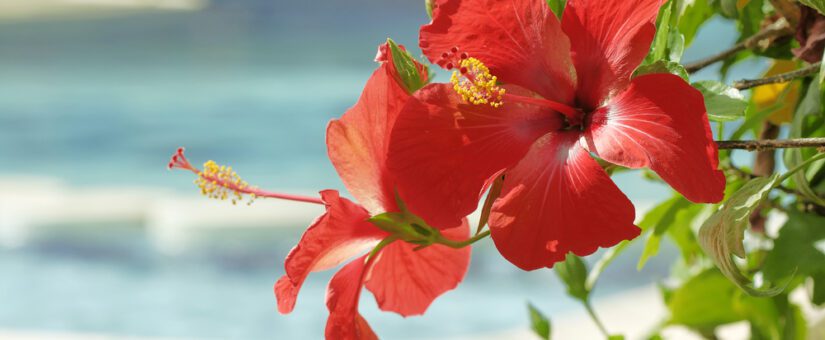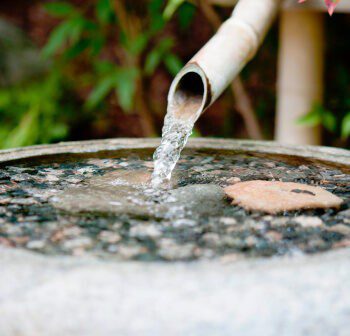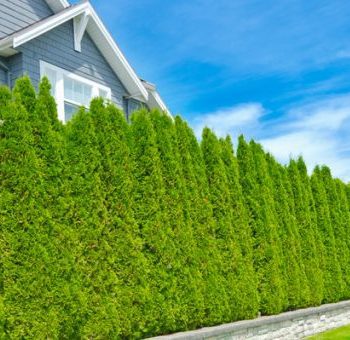
Top 10 Landscaping Ideas for Beach Homes in Miami, FL
- Posted by Plant Professionals
- On October 11, 2021
- 0 Comments
Landscaping a beach home is different from manicuring your suburban lawn. You want to choose plants that can survive in the sand and salty conditions, and you want to think about the shape and size that the plants will grow. Some areas may have restrictive covenants that apply to the kind of plants you can set out. The best way to make sure you get landscaping that suits your beloved beach house is to work with the experts at Plant Professionals.
Beach house landscaping can take many forms. Homeowners use plants to outline walkways, decorate porches, and create shade spaces in which to relax. Color and greenery in the right design can complement the look of your beach house. Here are some ideas that our team can help you use to create your dream beach landscaping.
Beach Rose
The beach rose, formally known as Rosa rugosa, is a hardy plant that holds up well in dry conditions, high winds, poor quality soil, and salty conditions, all of which you find in beach communities. They’re so successful in beach conditions that many experts suggest planting them in dunes to help control erosion. As a bonus, beach roses draw in wildlife, too, including birds and deer, so the plant is an excellent choice around your beach house if you love watching these creatures. Beach rose plants grow to between 4 and 6 feet tall and wide. The deep green leaves and pink or white blooms create stunning color contrast as part of your beach landscaping.
Ivy Geranium
Even when they aren’t at ground level, plants are vulnerable to the salt in the air in beach areas. If you’re looking for an option for your hanging baskets, you must choose something that can thrive in that environment. Consider the ivy geranium. This sturdy plant handles the climate with ease and even seems to prefer the salty air. The brilliant red flowers are a lovely choice for your window boxes too.
Palm Trees
Nothing says “beach house” like a beautiful palm tree. However, these trees aren’t just for the tropics anymore. Many varieties are available that can survive beautifully year-round in the Miami beach landscape. Palm trees also grow in a variety of sizes, from towering giants to potting heights. They’re a beautiful way to add some touches of green to your beach landscaping.
Seaside Heather Plant
Many beach homeowners want to honor the local flora when putting together the plan for their landscaping. The seaside heather plant may be an excellent choice. It is a native plant for many beach communities and grows wild in some surprising places. Since it is at home in the sand and salt of beach soil, you can trust that the seaside heather plant will not only survive but thrive around your beach house. This plant has many names depending on your region, including wooly beach heather and false beach heather.
Beach Grass
You can hardly call it a beach house without some beach grass. Also known as dune grass, this hardy plant is excellent for front lawns and thrives in any sandy area. Rather than growing across the ground to form a carpet like the grass in a suburban yard, beach grass grows tall, lovely blades that sway in the wind. Best of all, you never have to mow it. As native beach plants in Florida go, beach grass is as low maintenance as you can get for your beach landscaping.
Sunshine Ligustrum
Sunshine ligustrum plants live up to their name with bright yellow leaves that look like beams of sunlight. In addition to how pretty they look, they don’t lose their leaves in the colder months of the year, so they don’t clutter up your flowerbeds. Also, because it doesn’t reseed and grows up to 6 feet tall and 4 feet high, sunshine ligustrum makes an attractive choice for developing a hedge on your beach property. Unlike other varieties, sunshine ligustrum doesn’t have any odor, and it doesn’t produce pollen which makes it a favorite of allergy sufferers. The plants do need moderate watering to maintain their ideal condition.
Gardenia
Gardenia bushes have dark green leaves and beautiful white blooms. Like the sunshine ligustrum, they don’t drop leaves in winter, which helps keep your landscaping neat. Gardenias do best in full sun with a shelter from the wind and may require some watering, but you’ll be rewarded with a breathtakingly beautiful flower that will be the pride of your beach landscaping. The fragrance of the gardenia is light, sweet, and easily identifiable. When it blooms in late spring or early summer, the flower petals unfurl into shapely white blossoms that make your beach house landscaping look and smell amazing.
Phlox
The phlox plant has a pretty purple flower that creeps over the ground rather than growing up on a stalk. While they do lose their leaves in winter, phlox are perennials, so they should bloom back out each year. Many homeowners have phlox plants that live for decades, a testament to their strength and heartiness. Phlox plants prefer full sun; about six hours per day is ideal. One thing to keep in mind about the phlox is that it seems to be almost irresistible for deer, so if you don’t want the local wildlife munching on it, you’ll want to plant it in a protected space.
Ferns
Ferns are iconic on the front porch of a beach house, either in a hanging basket or in pots. These instantly recognizable plants come in almost every shape and size so that you can use them as a groundcover or as shrubs. Consult with a professional when choosing ferns, though; some species are highly invasive and can destroy the look of your beach landscaping. In general, ferns are low-maintenance plants, but they do need regular watering. You also want to plan for regular pruning as ferns tend to get out of control.
Hibiscus
The hibiscus is commonplace in the landscaping of Florida beach houses, and with good reason. The colors are unique, and the blooms come in all shapes to add variety to your property. Thousands of possible shape and color combinations exist so you can put together the patterns you want. However, homeowners often underestimate how large the hibiscus can grow. Some may reach 15 feet in height, so be sure you plant these beach landscaping plants in areas with lots of room to grow and plentiful sunshine.
Where to Learn More
To get the best results for your beach landscape design, choose a company that knows the Miami Beach area inside and out. The friendly and knowledgeable team at Plant Professionals knows which plants grow best in the Florida soil and climate. We have more than a decade of experience with commercial and residential properties, and we can help you at every step to create your ideal landscaping project. Whether you know exactly what you want or you need help with design ideas, contact us today to get started on beautifying your Miami beach landscaping.
Featured Image: xlt974/Shutterstock



0 Comments